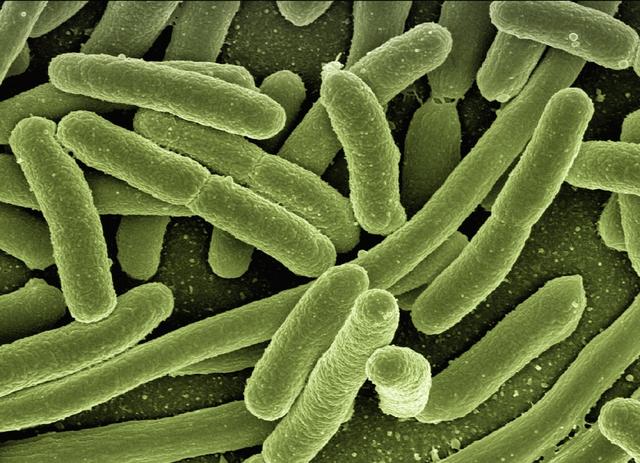Myths about teaching can hold you back
- Year 6
Grouping micro-organisms
I can group micro-organisms based on similarities and differences.
- Year 6
Grouping micro-organisms
I can group micro-organisms based on similarities and differences.
These resources will be removed by end of Summer Term 2025.
Switch to our new teaching resources now - designed by teachers and leading subject experts, and tested in classrooms.
These resources were created for remote use during the pandemic and are not designed for classroom teaching.
Lesson details
Key learning points
- Scientists group micro-organisms to make it easier to identify, name and learn about them.
- There are different groups of micro-organisms such as viruses, bacteria and fungi, with different structures and shapes.
- Micro-organisms can be harmful or helpful.
- It is important to classify and group micro-organisms so that we can understand their uses and treatments.
Keywords
Micro-organism - A micro-organism is a very tiny living thing.
Bacteria - Bacteria are a type of micro-organism that can be found in all natural environments.
Virus - Viruses are a type of micro-organism.
Fungi - Fungi are organisms that include moulds, mushrooms, and yeasts. They feed on organic matter, usually from dead things.
Common misconception
Pupils may think that all micro-organisms are harmful and will cause us to become ill.
Explain that, while some micro-organisms can cause us harm, there are also many that are beneficial, such as those used in food production, water treatment or those living inside our digestive system.
To help you plan your year 6 science lesson on: Grouping micro-organisms, download all teaching resources for free and adapt to suit your pupils' needs...
To help you plan your year 6 science lesson on: Grouping micro-organisms, download all teaching resources for free and adapt to suit your pupils' needs.
The starter quiz will activate and check your pupils' prior knowledge, with versions available both with and without answers in PDF format.
We use learning cycles to break down learning into key concepts or ideas linked to the learning outcome. Each learning cycle features explanations with checks for understanding and practice tasks with feedback. All of this is found in our slide decks, ready for you to download and edit. The practice tasks are also available as printable worksheets and some lessons have additional materials with extra material you might need for teaching the lesson.
The assessment exit quiz will test your pupils' understanding of the key learning points.
Our video is a tool for planning, showing how other teachers might teach the lesson, offering helpful tips, modelled explanations and inspiration for your own delivery in the classroom. Plus, you can set it as homework or revision for pupils and keep their learning on track by sharing an online pupil version of this lesson.
Explore more key stage 2 science lessons from the Why we group and classify living things unit, dive into the full primary science curriculum, or learn more about lesson planning.

Equipment
Content guidance
- Depiction or discussion of sensitive content
Supervision
Adult supervision recommended
Licence
Prior knowledge starter quiz
6 Questions
Q1.What does it mean if something is harmful to us?
Q2.Which of these groups are not living things?
Q3.What is a micro-organism?
Q4.Scientists classify living things by comparing their observable characteristics. How can they see the observable characteristics of micro-organisms?
Q5.How do scientists classify living things into groups?
Q6.Which of these statements about micro-organisms is true?
Assessment exit quiz
6 Questions
Q1.Which of these is not a type of micro-organism?
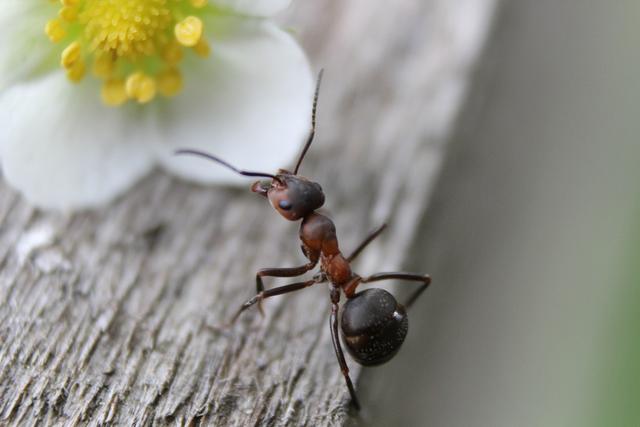
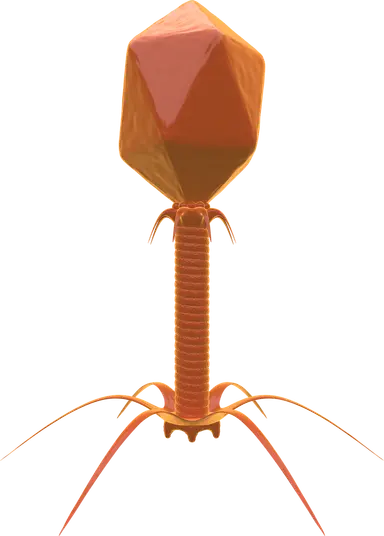
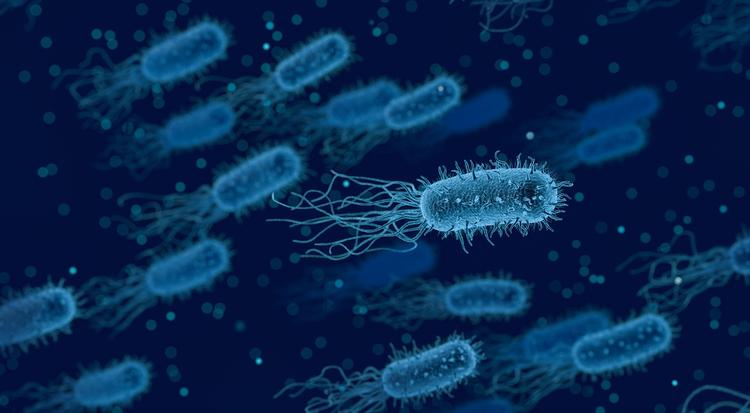
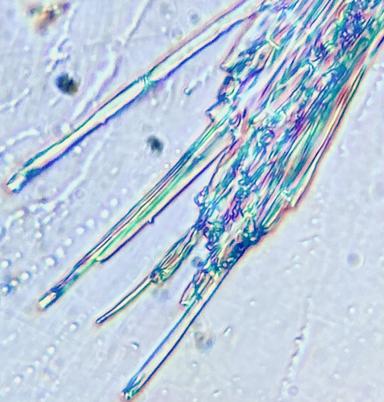
Q2.Why do scientists classify micro-organisms?
Q3.Match the type of micro-organism to its description.
micro-organisms that live almost everywhere on Earth
micro-organisms that can only survive inside a living thing
micro-organisms that feed on organic material
Q4.Which of these statements about viruses is correct?
Q5.Looking at its structure, which type of micro-organism is shown below?
